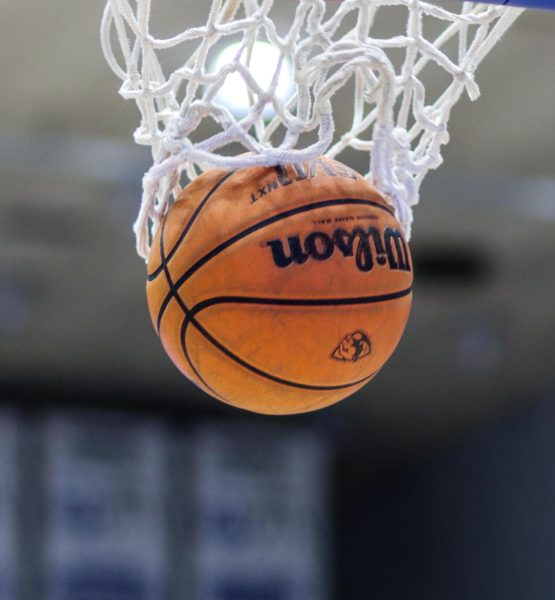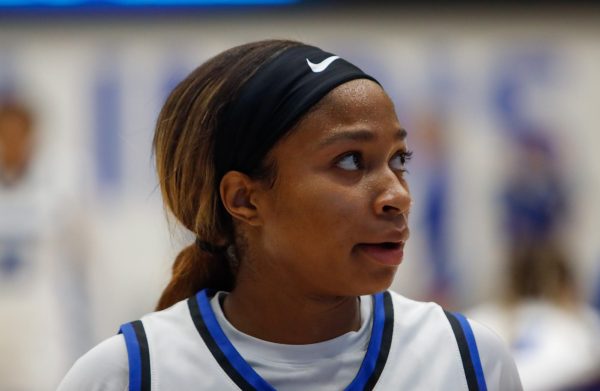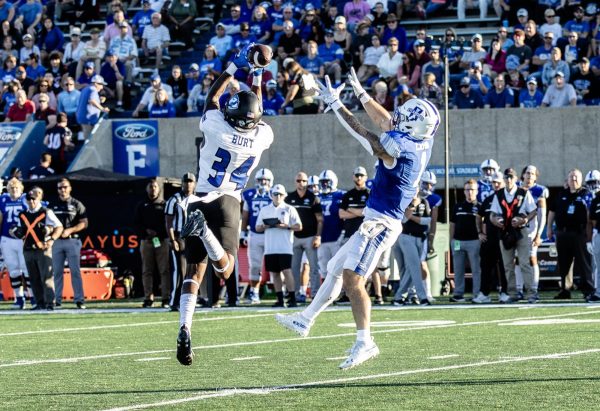Florida football players weather shock
Norris Smith visited Eastern on a mid-January day when it was 40 degrees.
He thought it was “really cold.”
Ben Brown had never seen snow before he came to Charleston on a recruiting visit.
Now he sees it quite a bit.
Jermaine Mobley arrived and immediately started wearing “a lot of clothes” to keep warm.
He stopped doing so because he “didn’t want to walk around with a big jacket” when others didn’t wear one.
They are three of 28 players on Eastern’s preseason roster who played high school football in Florida and have had to make adjustments moving to the Midwest after being raised in a warm-weather climate.
The weather wasn’t the only change for many of the players.
“Growing up in a big city, there’s always something to do,” said Brown, who is from Fort Lauderdale, Fla. “Here at Charleston, there’s not much you can do.”
The team’s ability to recruit Florida players took a big jump in 2000.
Ron Lambert was given the position of recruiting coordinator that season after serving for two years as secondary coach.
Lambert, who was originally from Fort Lauderdale, continued recruiting Florida like he did in his previous stints at West Virginia Wesleyan and Southern Illinois.
His previous recruiting trips, as well as his familiarity with the coaches from his high school playing days, gave him natural ties to the area.
“I had a pipeline from being from that area,” said Lambert, who is the defensive coordinator for Tennessee State and recruits Atlanta and Florida. “It was just a matter of going down and selling the kids on the place.”
The concern Brown had about the small-town life was a concern at the beginning.
But Lambert eased the players’ concerns.
“Every kid I recruited was a city kid,” he said. “But the way I sold it was you’re talking about four to five years out of your life. You’re not talking about a lifetime.”
The strategy worked.
In Lambert’s first recruiting class as coordinator, he landed linebackers Nick Ricks of Deerfield Beach, Fla. and Fred Miller from Fort Lauderdale.
Ricks was a Buck Buchanan candidate and is the second-leading tackler in the program’s history.
Miller was a second-team all conference player in 2002.
When Lambert left the Panthers after the 2000 season, head coach Bob Spoo turned to new defensive coordinator Roc Bellantoni to continue the recruitment.
Bellantoni had arrived from Drake University, where he recruited St. Louis and Kansas City.
“It was natural for me to take the out-of-state kids,” he said.
Bellantoni said that as the years go on and more coaches and players in Florida become familiar with Eastern Illinois University, the less difficult it is to recruit.
“If they’re enjoying themselves, they go back home and they tell them about the place,” he said. “When I walk into a school now, it’s not ‘Eastern Illinois, never heard of it.’ It’s now ‘Eastern Illinois, that’s where Ben Brown goes.’ It is definitely a lot easier to recruit now.”
A big part of recruitment is creating networks.
It is through these networks that a recruiter can first hear about a particular recruit.
High school coaches are just as interested in getting their good players to move on to the next level as recruiters are in finding those good players.
“I get calls (from coaches) all the time,” said quarterbacks coach Jorge Munoz, who recruits north and central Florida, as well as western Illinois and the St. Louis area. “As a coach, they’re trying to get their kids’ names to you before someone else does. If they can get their players signed, the younger kids will see that and they’ll get better players to come to their school.”
When a player gets turned down by an elite program, that is when the race to sign him begins.
Lower Division I-A programs have to deal with the same difficulties Division I-AA teams do, said Noah Joseph, who is the Panthers’ recruiting coordinator and secondary coach.
Joseph said a good example was Jeff Sobol, who Eastern recruited through spring practices and all through summer but then signed with Illinois when they offered him a spot late in the recruitment process in 2003.
“If Northern Illinois recruits a guy all year,” Joseph said, “and Illinois or Ohio State come in and make an offer late, that’s the problem you run into.”
Because of the abundance of players in Florida, Bellantoni said it is still being under-recruited and the talent pool is deep enough to accommodate more schools.
“There’s more scholarship kids to go around than there are scholarships,” he said.
In his six years recruiting southern Florida, he has had his share of phone calls from high school coaches.
Steven Davis dealt with Bellantoni when he coached Smith at Blanche Ely High School and is now coaching at Plantation High School, where Ben Brown went to school.
“It all starts with Roc,” he said. “He comes down here and he has a real great personality. He listens to the evaluations of the coaches and our input. “
Because of the warm climate, high school football players in Florida are able to practice and play year-round.
“The kids down here tend to have a passion to play football in college,” Davis said.
The attention given to the state by smaller schools gives the players a chance to do that.
Going to a school like Eastern that has so many players from the same region helps players decide to attend.
Although not everybody in Florida is able to attend Florida State, Miami, Florida or any other in-state schools, knowing the people that you will be playing with has its advantages.
“With all the Florida guys here, it kind of feels like playing at a Florida school,” Brown said. “Except for the weather.”
Smith was recruited by Michigan State but was convinced to come to Eastern when he came on his recruiting visit.
His trip was hosted by Brown and is the reason he’s in Charleston.
“It was fun, that’s why I’m here now,” he said. “He told me the truth. I don’t regret it. The best thing about it is it’s small. You can just focus on football.”
One look at this year’s roster reveals the effect the Florida pipeline has had on Eastern’s program.
It was an effect that began before any of the current coaches were even on the staff.
“Some kids (in 2000) just wanted to get away and go make their own mark,” Lambert said. “They saw it as a chance to showcase their talent. I think they changed the face of football at Eastern.”





































































